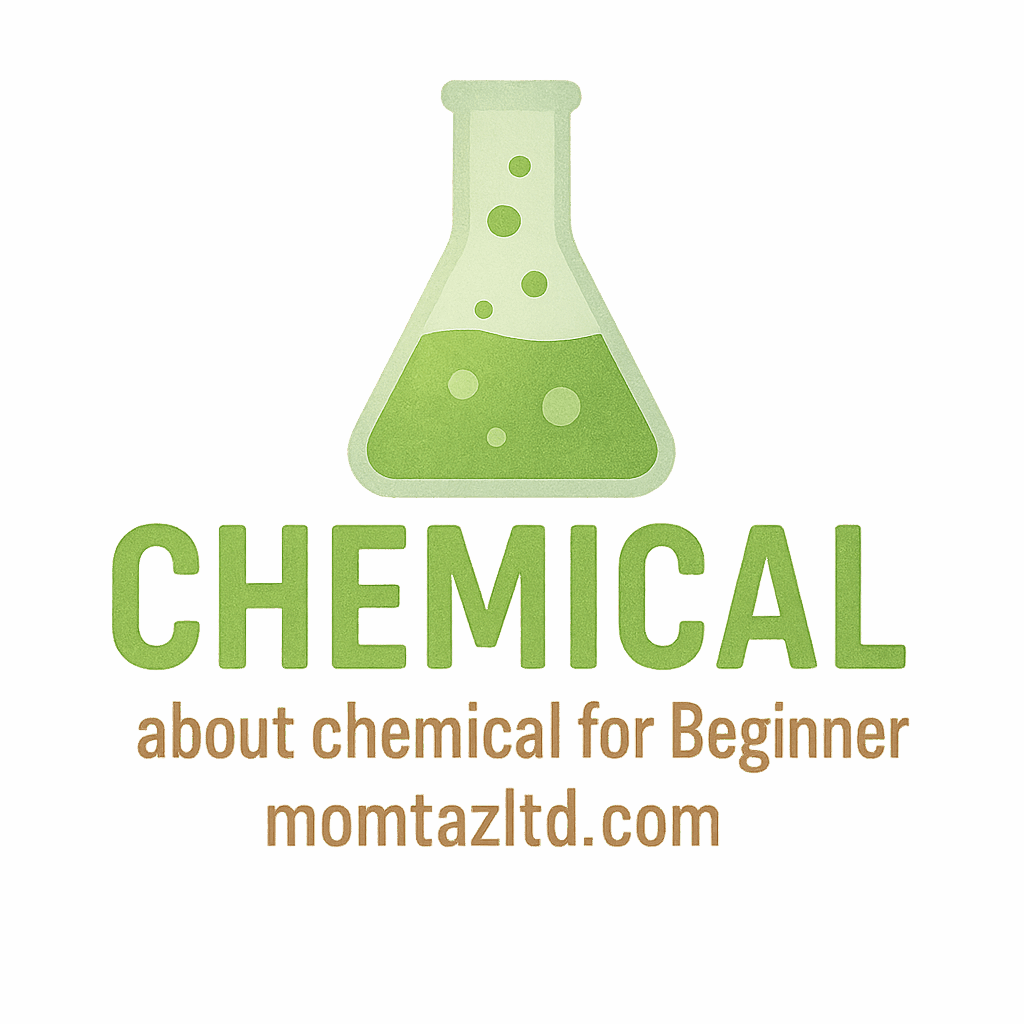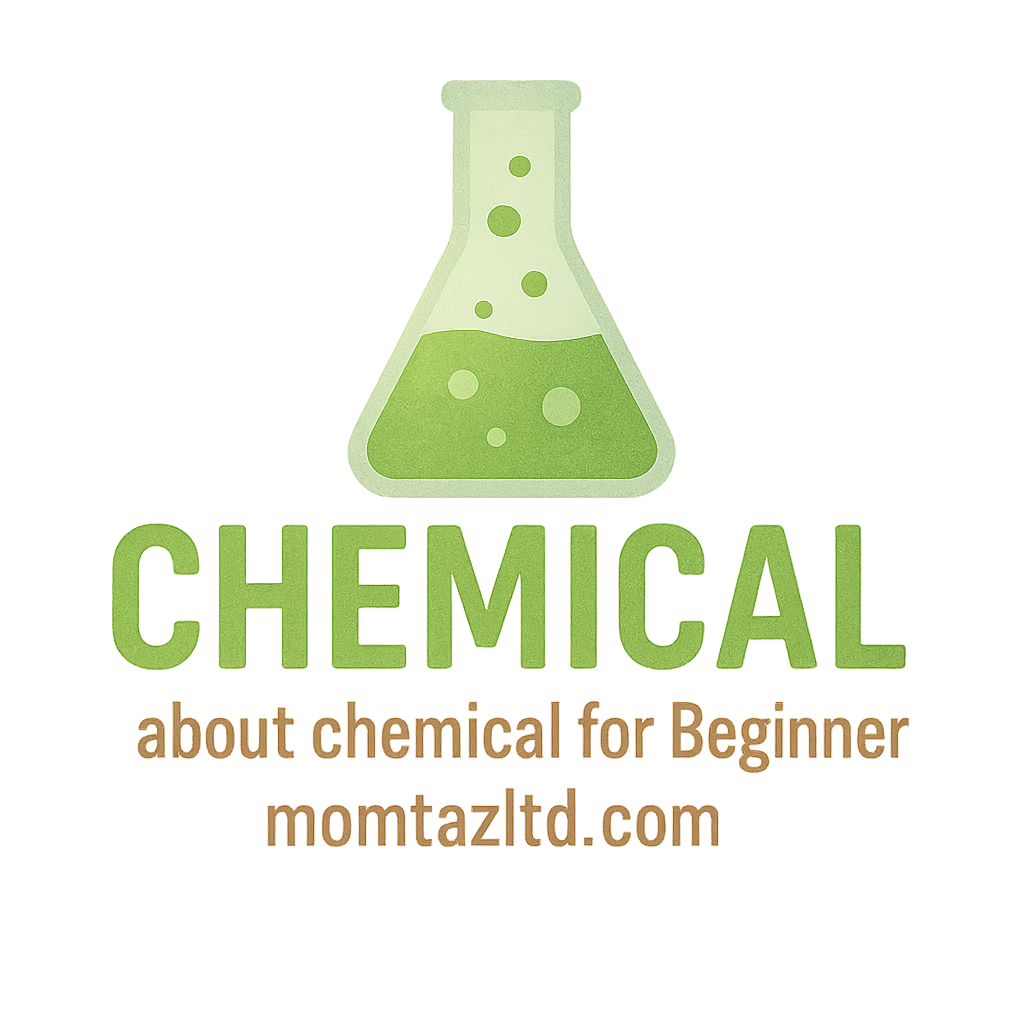Introduction to Chemical Bonds
When we talk about chemistry, we often refer to chemical bonds, the invisible connections that bind atoms together to form compounds. These bonds dictate the properties and behavior of substances around us, from the air we breathe to the food we consume.
Understanding the types of chemical bonds is fundamental to chemistry and helps explain a wide range of phenomena in both everyday life and industrial applications. In this article, we will dive into the five major types of chemical bonds: ionic, covalent, metallic, hydrogen bonds, and Van der Waals forces.
Why Chemical Bonds Are Important
Chemical bonds are the glue that holds matter together. They govern how atoms interact and combine, affecting everything from the strength and flexibility of materials to their reactivity and conductivity. Without bonds, atoms would be just floating particles. Understanding these bonds will give you a deeper insight into how the world works at the atomic and molecular levels.
Learn more about the basics of chemical reactions and reactions on the Chemical Basics page.
1. Ionic Bonds
What is an Ionic Bond?
An ionic bond occurs when one atom transfers an electron to another atom. This transfer creates two ions—charged particles. The ion that loses the electron becomes positively charged, while the ion that gains the electron becomes negatively charged. The opposite charges attract, creating the bond.
Ionic bonds are typically formed between metals and nonmetals. Metals, such as sodium (Na), tend to lose electrons and become positively charged ions (cations). Nonmetals, like chlorine (Cl), have a higher electronegativity and tend to gain electrons, becoming negatively charged ions (anions).
How Ionic Bonds Form
Ionic bonds form between metals and nonmetals. Metals, such as sodium (Na), tend to lose electrons and become positively charged ions (cations). Nonmetals, like chlorine (Cl), have a higher electronegativity and tend to gain electrons, becoming negatively charged ions (anions).
Properties of Ionic Bonds
- High Melting and Boiling Points: Ionic compounds have high melting and boiling points due to the strong electrostatic forces between ions.
- Solubility in Water: Ionic compounds tend to dissolve in water, forming electrolytes, which can conduct electricity.
- Brittleness: Ionic compounds are brittle because the ions are arranged in a rigid structure that breaks under stress.
For a deeper dive into the practical implications of ionic compounds, check out the Chemical Storage guidelines.
Examples of Ionic Compounds
- Sodium Chloride (NaCl): The classic example of an ionic compound, where sodium loses an electron to chlorine.
- Magnesium Oxide (MgO): Magnesium loses two electrons, while oxygen gains them, forming a strong ionic bond.
2. Covalent Bonds
What is a Covalent Bond?
Covalent bonds occur when two atoms share electrons. This typically happens between two nonmetals, where both atoms have similar electronegativities, making it more favorable to share electrons rather than transfer them.
How Covalent Bonds Form
When atoms share electrons, they fill their outermost electron shells, achieving stability. The shared electrons create a bond that holds the atoms together.
Properties of Covalent Bonds
- Lower Melting and Boiling Points: Compared to ionic compounds, covalent compounds have lower melting and boiling points.
- Poor Conductors of Electricity: Covalent compounds do not conduct electricity in solid or liquid form, as there are no free electrons or ions.
- Solubility: Some covalent compounds are soluble in water, while others are not, depending on their polarity.
Discover more about covalent chemistry with our beginner chemistry resources.
Examples of Covalent Compounds
- Water (H₂O): Two hydrogen atoms share electrons with one oxygen atom.
- Carbon Dioxide (CO₂): Carbon shares electrons with two oxygen atoms to form a stable molecule.
3. Metallic Bonds
What is a Metallic Bond?
A metallic bond is the attraction between positively charged metal ions and the sea of delocalized electrons that move freely around them. This type of bonding occurs between metal atoms.
How Metallic Bonds Form
In metallic bonds, metal atoms lose their valence electrons, which are free to move throughout the metal. This creates a “sea” of electrons that binds the metal atoms together.
Learn more about the impact of metallic bonding on industrial applications by visiting Industrial Chemicals.

Properties of Metallic Bonds
- Malleability and Ductility: Metals can be hammered into thin sheets (malleability) or drawn into wires (ductility) due to the flexibility of the metallic bonds.
- Electrical and Thermal Conductivity: The free-moving electrons allow metals to conduct electricity and heat efficiently.
- Luster: The movement of electrons gives metals a shiny appearance.
Examples of Metallic Compounds
- Iron (Fe): A classic example of metallic bonding, where the electrons are free to move between iron atoms.
- Copper (Cu): Widely used in electrical wiring due to its excellent conductivity.
4. Hydrogen Bonds
What is a Hydrogen Bond?
Hydrogen bonding is a special type of dipole-dipole attraction between molecules, where a hydrogen atom is bonded to a highly electronegative atom like oxygen, nitrogen, or fluorine. The hydrogen atom carries a partial positive charge, while the electronegative atom carries a partial negative charge.
How Hydrogen Bonds Form
In molecules like water (H₂O), the hydrogen atoms are attracted to the oxygen atom of neighboring molecules, creating a hydrogen bond. These bonds are weaker than covalent and ionic bonds but still play a crucial role in the properties of substances.
If you’re keen to understand hydrogen bonds further, visit Chemical Safety to explore their relevance in safety protocols.
Properties of Hydrogen Bonds
- High Surface Tension: Water, due to its hydrogen bonds, exhibits high surface tension.
- Boiling and Freezing Points: Hydrogen bonds explain why water has an unusually high boiling and freezing point compared to other molecules of similar size.
- Solubility in Water: Many polar molecules can dissolve in water because of hydrogen bonding.
Examples of Hydrogen Bonding
- Water (H₂O): The hydrogen atoms form hydrogen bonds with the oxygen atoms of neighboring molecules.
- DNA: The two strands of DNA are held together by hydrogen bonds between complementary nitrogenous bases.
5. Van der Waals Forces
What are Van der Waals Forces?
Van der Waals forces are weak, short-range forces that arise due to temporary dipoles in atoms or molecules. These forces occur when electrons are unevenly distributed in a molecule, creating a temporary charge that induces attraction between adjacent molecules.
How Van der Waals Forces Form
These forces are present in all molecules, but they are particularly important in nonpolar molecules, where they are the primary form of intermolecular attraction.
Explore Van der Waals forces in more detail by visiting the Laboratory Chemicals section for laboratory applications.
Properties of Van der Waals Forces
- Weak Forces: Van der Waals forces are much weaker than ionic, covalent, or hydrogen bonds.
- Short-Range: The forces are effective only at very short distances.
- Influence on Molecular Behavior: These forces affect the boiling and melting points of substances.
Examples of Van der Waals Forces
- Noble Gases: Helium and neon exhibit Van der Waals forces due to their nonpolar nature.
- Hydrocarbons: Molecules like methane and ethane experience these weak forces.
Conclusion: Understanding Chemical Bonds
Understanding chemical bonds is essential for a solid foundation in chemistry. From the basic building blocks of life to complex materials used in engineering, the types of chemical bonds—ionic, covalent, metallic, hydrogen bonds, and Van der Waals forces—are fundamental to how substances behave.
Why Knowledge of Bonds is Essential
A deeper understanding of bonds helps explain a wide array of chemical reactions, physical properties, and biological processes. Whether you’re a student, a scientist, or just curious, knowing how these bonds work can provide valuable insights into the world around us.
Practical Applications of Chemical Bonds
- Ionic Bonds are essential in making salts and other compounds used in industries.
- Covalent Bonds play a key role in organic chemistry, influencing the structure of molecules like proteins and DNA.
- Metallic Bonds are the reason metals have properties that make them perfect for construction and electronics.
To learn more about how chemical bonding impacts everyday life and safety, check out Household Chemicals.
FAQs
1. What is the difference between ionic and covalent bonds?
Ionic bonds form when one atom transfers electrons to another, while covalent bonds involve the sharing of electrons between atoms.
2. How do metallic bonds contribute to the properties of metals?
Metallic bonds allow metals to be malleable, ductile, and conductive by enabling free electron movement.
3. Are hydrogen bonds stronger than covalent bonds?
Hydrogen bonds are weaker than covalent bonds but still crucial for the structure and behavior of many molecules, like water.
4. Can Van der Waals forces form between any two molecules?
Yes, Van der Waals forces can form between all molecules, but they are particularly significant in nonpolar molecules.
5. What role do chemical bonds play in everyday life?
Chemical bonds govern everything from the formation of water molecules to the materials used in technology, medicine, and daily products.
6. How do chemical bonds affect the physical properties of substances?
Chemical bonds influence properties like boiling and melting points, solubility, electrical conductivity, and strength.
7. What are the applications of hydrogen bonds in biological systems?
Hydrogen bonds are essential in DNA structure, protein folding, and enzyme activity, affecting cellular functions and processes.


